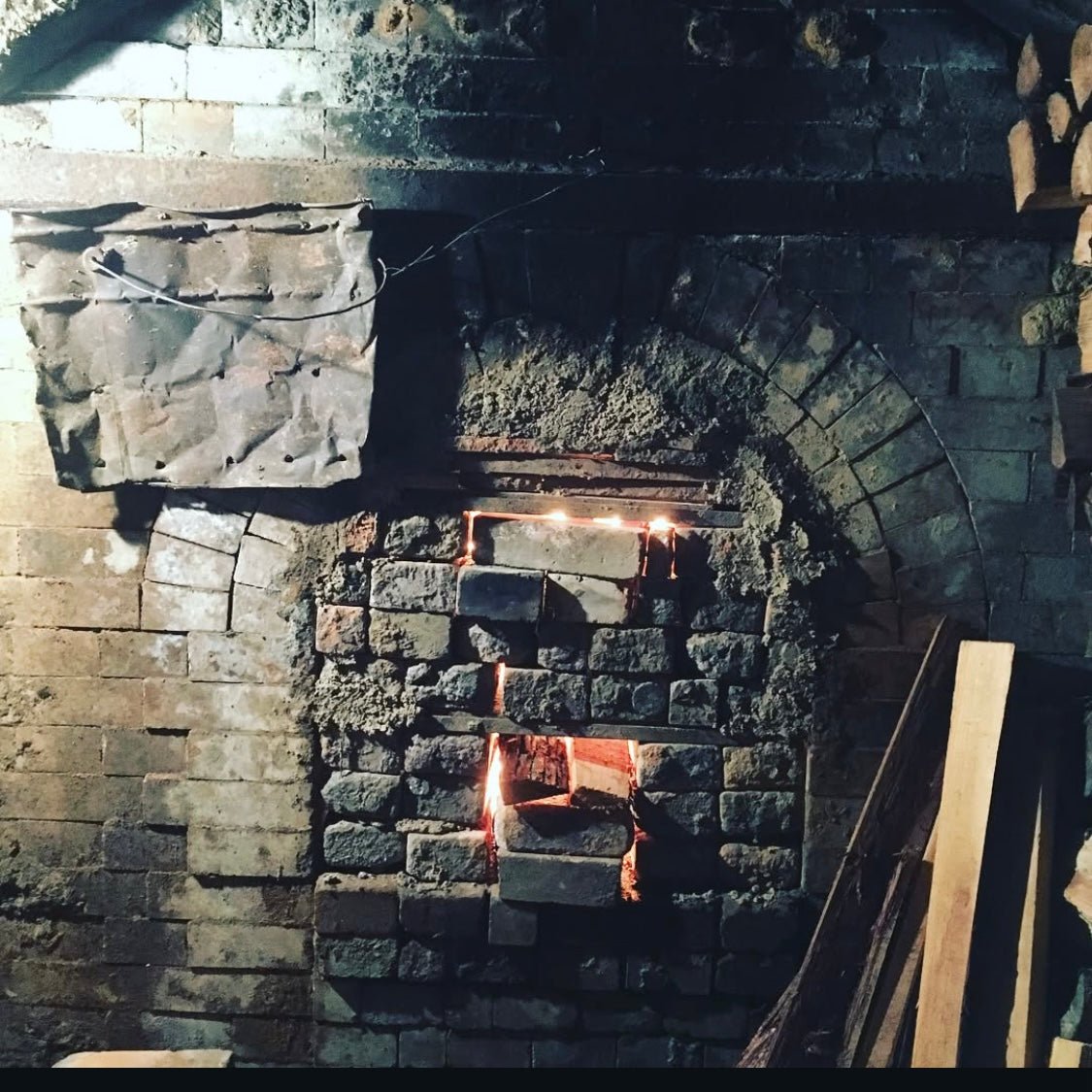Moving to Toronto, I was surprised by several things. One of them was the prevalence of people with tattoos. During my first visit in the summer, it felt like over half of the people had tattoos, and each tattoo was vibrant, complementing the cityscape and sunlight well. Cultural differences are fascinating. People who have visited Japan for tourism might have had unpleasant experiences encountering tattoos, especially in hot springs or rural areas. This is because in Japan, tattoos are strongly associated with organized crime or gangs, creating a negative impression. Today, I’d like to focus on that aspect and introduce it.
Throughout the history of the Japanese archipelago, dating back to ancient times from Hokkaido in the north to the Okinawa Islands in the south, there has been a tradition of tattooing. Records of tattooed individuals can be found in ancient texts such as the “Kojiki” (712 AD) and “Nihon Shoki” (720 AD) from the Kofun and Nara periods. However, as the central government shifted from adorning the body to adorning clothing, tattooing declined.

( Ainu tribal tattoo)

As time passed and the Edo period began, it became fashionable among prostitutes and their clients to tattoo each other's names on their bodies, eventually extending to individuals known as "kyōkaku" (those thick with duty and humanity, fighting for the suffering of the weak, though many are fond of gambling and are often rough). Additionally, among craftsmen known as "tobi" who played active roles in architecture, festival preparations, and firefighting in the city (roofing specialists known as "machi-hikeshi" who bravely confronted dangerous places where fires frequently broke out in Edo, earning respect from the townsfolk. At the time, the culture of tobi craftsmen was as popular as ukiyo-e, kabuki, sumo, rakugo, and the geisha world), the trend was to work in loincloths, adorning the vibrant cityscape with their colorful skin. In the latter half of the Edo period, ukiyo-e artist Kuniyoshi Utagawa gained fame for his depictions of characters from the Chinese novel "Water Margin" with full-body tattoos, sparking a trend.

( Edo period firefighters "Ukiyoe" )

( Fundoshi "Ukiyoe")
Tattooing became popular among commoners, but it never caught on among the samurai, who were influenced by Confucianism and shunned unnecessary bodily harm. The Tokugawa shogunate implemented regulations on tattoos several times. Later, during the Meiji era, eager to adopt Western culture quickly, the Meiji government prohibited tattoos as a mark of the uncivilized aspects seen from the West, such as wearing loincloths or mixed bathing in public baths. Tattoo artists, troubled by the prohibition in the Meiji era, either went abroad or tattooed foreigners visiting Japan. Ironically, despite being banned to align with Western culture, tattoos gained increasing recognition overseas. After Japan's defeat in World War II, under the occupation of the American GHQ, tattoos, banned since the Meiji era, were finally legalized post-war. However, they were not immediately embraced by the public. In the 1960s, acclaimed films known as "yakuza movies" were released in Japan, enhancing the popularity of tattoos. The visual portrayal of tattoos on actors' skin helped to visually clarify the characters and storylines, captivating audiences. The presence of tattoos symbolizing masculinity revitalized the declining film industry, establishing actors as stars. This influence led tattoos to transition from symbols of masculinity to symbols of the yakuza, embedding this perception into society.

Even among members of organized crime groups, getting tattoos became more common as a sign of resolve to sever ties with society and family and live in the underworld. Since the 1980s, incidents where civilians were caught up in conflicts between organized crime groups led to establishments refusing entry to individuals with tattoos, creating a trend of "no organized crime members, no tattooed individuals." On the other hand, from the 1980s and 1990s onwards, various cultures such as fashion and music from overseas began to influence Japan, gradually gaining acceptance among young people. However, even in the 2020s, tattoos are still often perceived as intimidating. Many Japanese people cite making their parents sad as a reason for not getting tattoos. Traditional Japanese tattoos, known as "Horimono," are popular and have sparked interest overseas due to their high level of craftsmanship and unique Japanese designs. I believe they will continue to be preserved as part of Japan's traditional culture. Unfortunately, there are still places, such as hot springs, where people with tattoos are refused entry when nudity is required, so I recommend checking in advance when traveling.
Edo Pank! ( I recommended book on Ukiyo-e)
Battles Without Honour and Humanity ( Japanese Yakuza movie )





